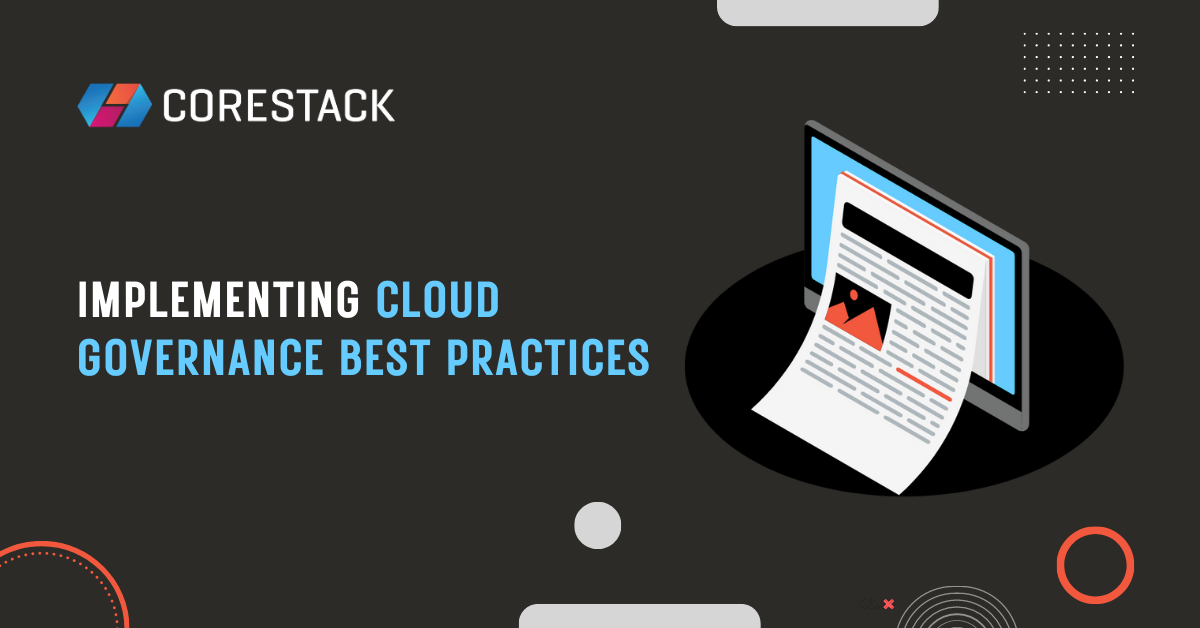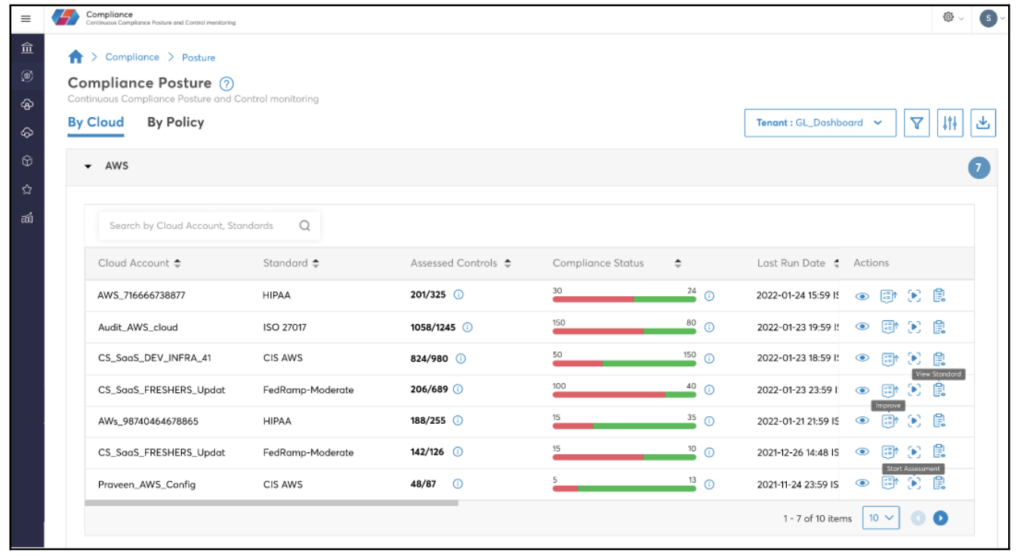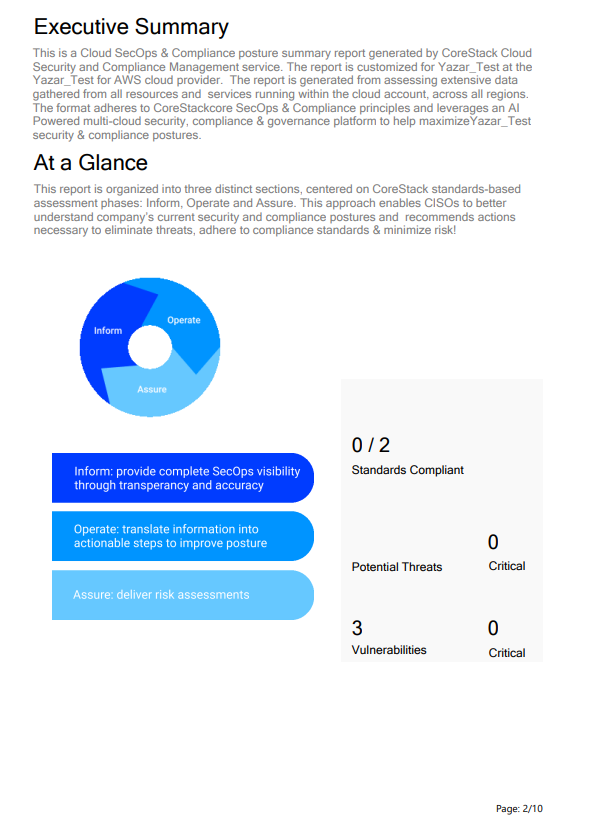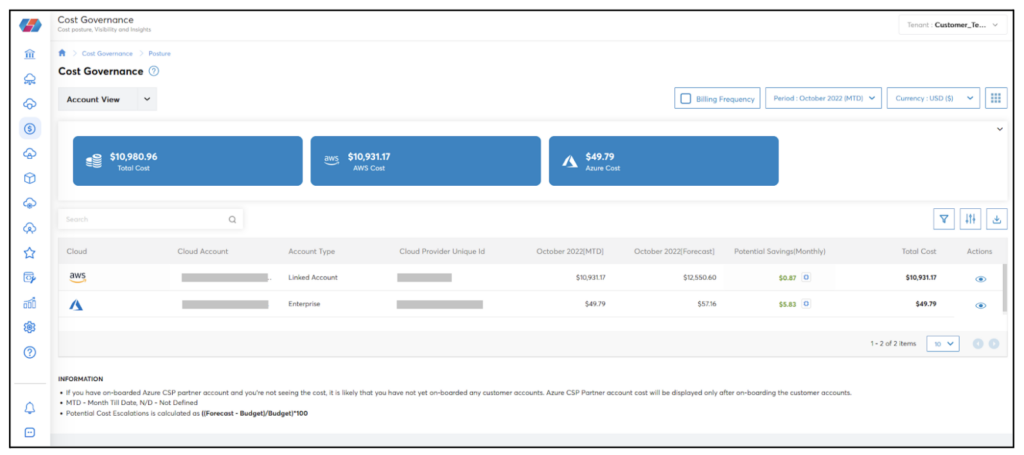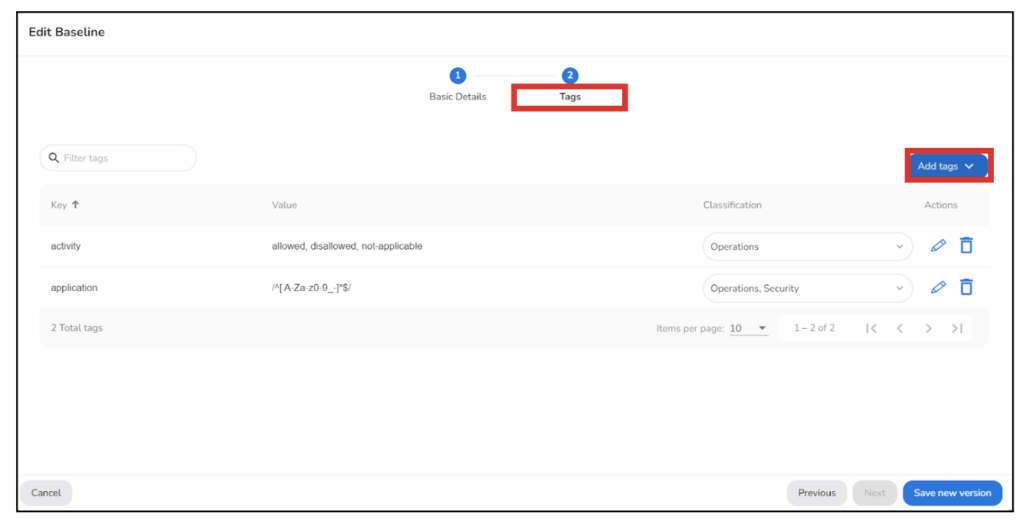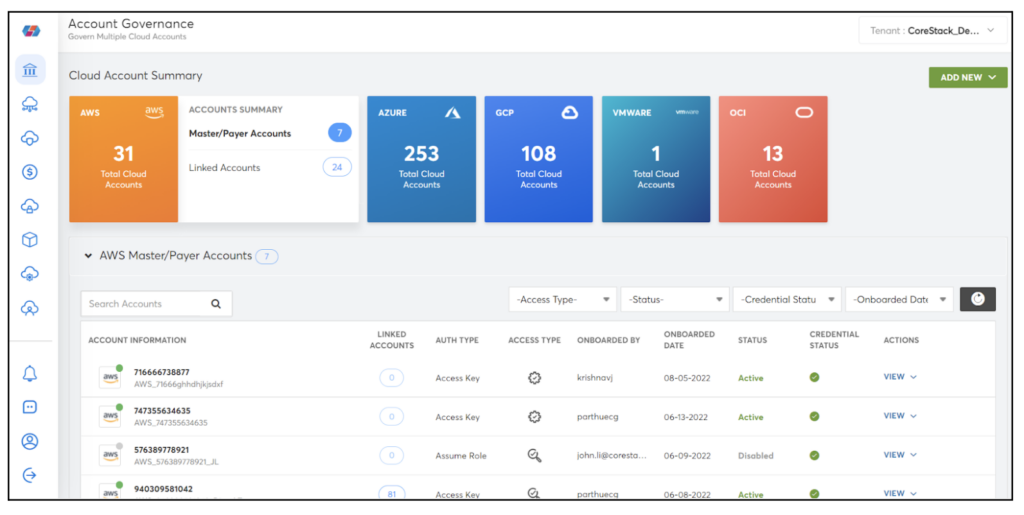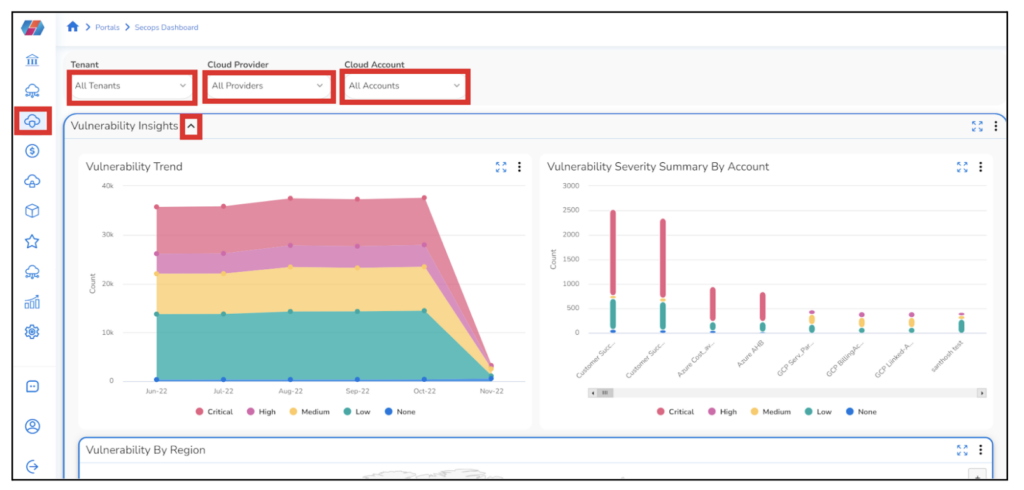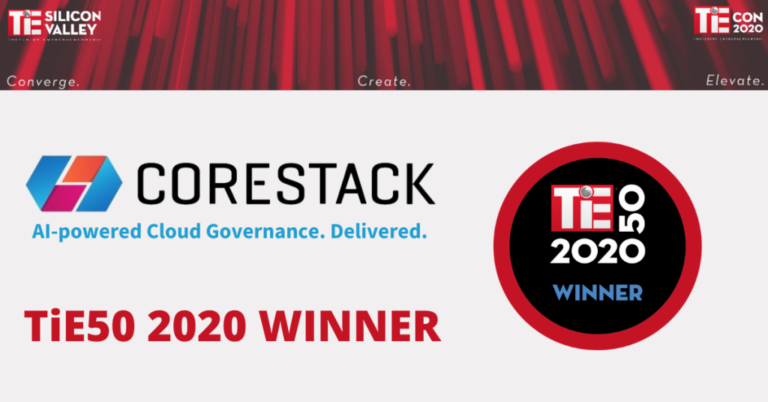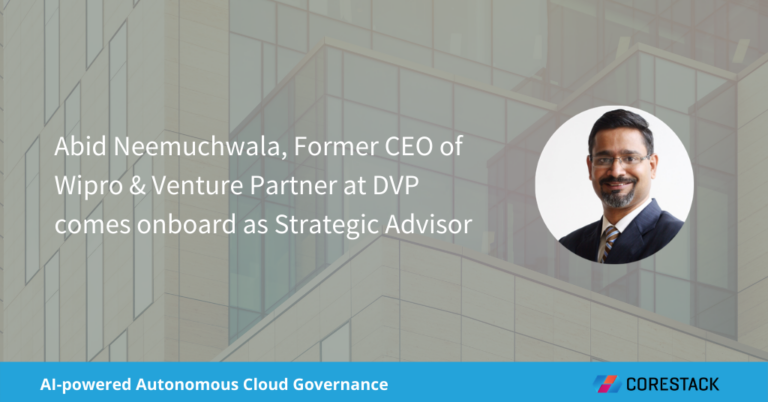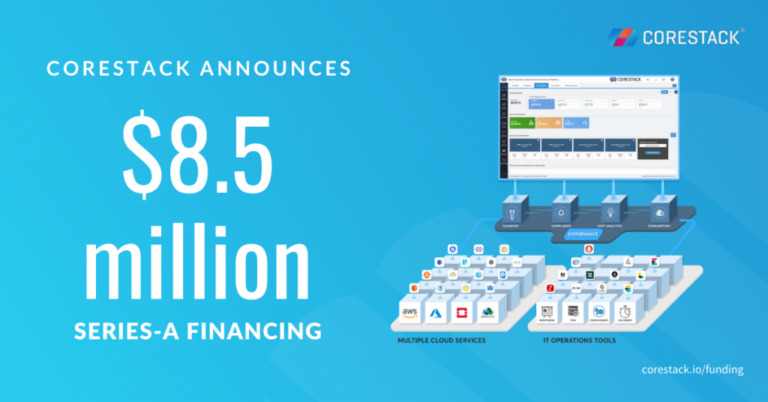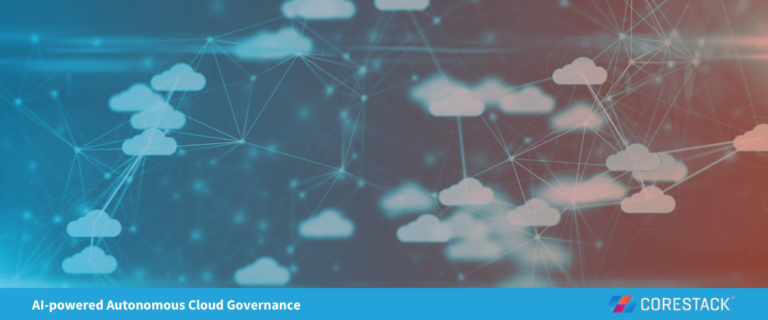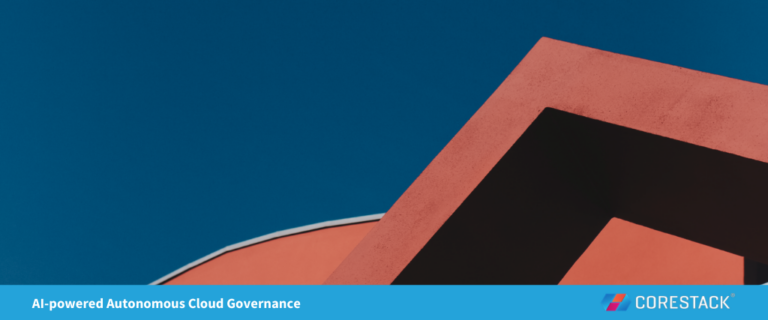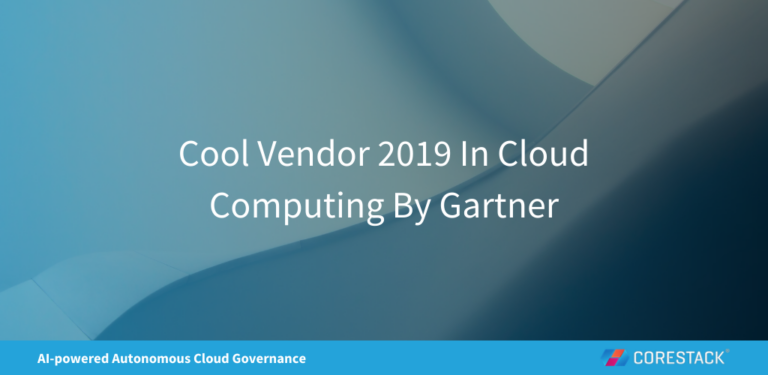Implementing Cloud Governance Best Practices
Cloud governance helps manage the use of cloud computing resources in an organization. Key areas of focus for cloud governance best practices include:
- Using cloud resources
- Storing and securing data and applications
- Ensuring compliance with regulations
Beyond these, organizations must monitor their cloud resources and regularly audit how effectively their cloud governance requirements are being followed.
This article will explore seven essential cloud governance best practices and provide examples of cloud providers and third-party tools that can help with continuous monitoring and auditing.
Summary of key cloud governance best practices
The table below summarizes the seven cloud governance best practices we will explore in this article.
| Best practice | Description |
|---|---|
| Define your cloud strategy, budget and risk appetite | What are the organization’s goals for using cloud computing? This will determine which services your organization will use.
What budget is available? Is it compatible with your risk appetite? How much risk are you willing to take with your cloud deployments? What is your disaster recovery plan? |
| Identify compliance regulations | Have you identified which compliance standards are most relevant to your organization? |
| Implement identity and access management (IAM) | Who will have access to your cloud computing environment?
Who will provide and control the access for your organization? |
| Establish a security baseline | What security measures does your organization require to protect your data?
What are the recommended best practices that need to be followed? |
| Control your costs | How will you monitor costs to avoid overspending? |
| Include tag governance | What standardized tags will you use to identify and organize data and resources? |
| Monitor and audit | Cloud governance is an ongoing process. How will you know whether your cloud governance is being adhered to? |
Cloud governance best practice #1: Define your cloud strategy, budget and risk appetite
Before you can start implementing cloud governance best practices, it helps to understand your cloud strategy clearly. What value is your organization expecting to gain from cloud computing? An excellent place to start is by defining goals for using cloud computing, as well as the specific services, applications, users, and data that you need to move to the cloud. Your answers to this will also depend on the size and complexity of the organization, its risk appetite, and budget. Your cloud governance will need to balance each of these.
A visualization showing that cloud governance depends on an organization's cloud strategy, budget, and risk appetite.
Larger organizations with a high-risk profile may need to take additional steps to protect their data and resources in the cloud. A smaller, more agile organization with a lower risk profile may be comfortable with an on-the-fly cloud governance approach, especially if its primary goal is using cloud computing for technical innovation.
Developing cloud governance can be a complex and time-consuming process. Organizations must allocate internal resources to create and implement a successful cloud governance strategy. It is essential to educate your employees about it and for them to understand the importance of it and be accountable for it. They need to understand the risks and benefits of cloud computing and know how to comply with your organization's cloud governance policies.
Cloud governance best practice #2: Identify compliance regulations
This stage will depend on your organization and the industry it operates in. Some industries have specific regulations or compliance requirements to consider when developing a cloud governance strategy. For example, a requirement to comply with the Health Insurance Portability and Accountability Act (HIPAA) may determine which cloud providers and their services your organization can use. Other common compliance standards include PCI-DSS, FedRamp, and ISO 27001. You need to know the data privacy and security regulations relevant to your organization. Cloud governance is then about ensuring compliance with the identified regulations.
An example of measuring compliance using a third-party cloud governance platform is shown below. In this example, the compliance posture dashboard assesses compliance against multiple compliance regulations across multiple cloud providers.
An example of a compliance posture dashboard that shows how well different cloud accounts comply with specific compliance regulations
Cloud governance best practice #3: Implement identity and access management (IAM)
Identity and Access Management (IAM) helps you securely control access to cloud resources and data. A starting point for IAM is to classify and structure your existing data before moving it to the cloud. This means identifying data types, where data is stored, and who can access it. Once you understand your data well, you can develop policies and procedures for managing it and controlling who has access to it.
Each major cloud provider has their own IAM solutions. On AWS it is called Identity and Access Management (IAM), Microsoft Azure uses Azure Active Directory (Azure AD), and on Google Cloud it is called Identity and Access Management (IAM). A multi-cloud governance platform can integrate with each respective IAM solution and provide a unified overview of IAM access and policies.
Cloud governance best practice #4: Establish a security baseline
Organizations can do several things to improve cloud security, such as using strong encryption, implementing multi-factor authentication, and regularly patching vulnerabilities.
Establishing what your normal cloud operations look like will help establish a security baseline. A cloud governance platform can provide an initial assessment of your accounts' performance. Ideally, you should remediate the potential threats and vulnerabilities or at least be aware of any vulnerabilities threat actors could exploit.
An example of an assessment report with the page showing the compliance score, potential threats, and potential vulnerabilities.
It's important to be prepared for incidents to minimize their impact. You should have a plan in place for how you will respond to incidents, and you should have the necessary resources and backups in place to recover from an incident.
Cloud governance best practice #5: Control your costs
Cloud computing can be a cost-effective way to store and process data. However, it is crucial to monitor your costs to make sure that you are spending appropriately. There are several ways to manage costs, such as using reserved instances, taking advantage of discounts, and optimizing your usage.
A cloud governance platform can help your organization control costs. Understanding your total costs may be difficult without a consolidated dashboard view if your organization has multiple cloud accounts across multiple cloud providers. An example of a consolidated cost dashboard is shown below.
An example of a cost governance dashboard that consolidates costs from multiple cloud accounts.
Cloud governance platforms can also monitor resource utilization. In the image below, the utilization percentage of a reserved instance is dropping from 100% to 96%. If this trend continues, the management platform can alert you about underutilized resources to minimize unnecessary costs.
The utilization trend of a reserved virtual machine. The utilization drops from 100% to 96%, and if this trend continues, it could trigger an alert for underutilized resources.
Cloud governance best practice #6: Include tag governance
Tagging your cloud resources based on different factors will help your organization manage costs and derive other insights. Tags are added in a key-value pair format and your cloud governance should stipulate which tag keys are mandatory for all your resources.
The advantages of using tags include improved operations support, cost allocation, security, access control, resource consistency, and accountability. Tag governance is vital to apply any tags to cloud resources properly. Standardizing tag keys and tag values is essential for organizing resources. A group of these standardized tags is known as baseline tags. A cloud governance platform will help you identify and correct resources that do not have the mandatory tag keys.
An example of a cloud governance platform being used to create baseline tags
Cloud governance best practice #7: Monitor and audit
Monitoring and auditing are essential for ensuring that cloud governance policies are being followed. Several tools can be used to monitor cloud usage and compliance, such as Azure security audits, AWS Audit Manager, and CoreStack Compass.
An example of a cloud governance platform. This summary dashboard shows all the different cloud accounts across multiple cloud providers.
An example of a vulnerability insights dashboard from a cloud governance platform that enables ongoing monitoring and audit.
|
Platform
|
Provisioning Automation |
Security Management |
Cost Management |
Regulatory Compliance |
Powered by Artificial Intelligence |
Native Hybrid Cloud Support
|
|---|---|---|---|---|---|---|
|
Cloud Native Tools |
✔
|
✔
|
✔
|
|||
|
CoreStack
|
✔
|
✔
|
✔
|
✔
|
✔
|
✔
|
Conclusion
By following these cloud governance best practices, organizations can improve their cloud computing environment's security, compliance, cost management, and operational efficiency. This will involve using cloud monitoring tools, conducting regular audits, and adjusting as needed. You must regularly review your policies and procedures to ensure they are still effective.
Key characteristics of an effective cloud governance program are:
- A clear and concise cloud governance policy
- An effective identity and access management (IAM) system
- A well-defined cost management strategy
- A robust security posture
- A well-defined disaster recovery plan
- A well-defined compliance program
Cloud governance is a constantly evolving field. New technologies and best practices are continually being developed. It is crucial to stay up-to-date with the latest trends to make the best decisions for your organization. Using a third-party cloud governance platform, like CoreStack, can help your organization remain up-to-date. If your organization’s cloud operations span multiple accounts and providers, CoreStack can simplify cloud governance by providing a consistent dashboard and extending native cloud capabilities.

